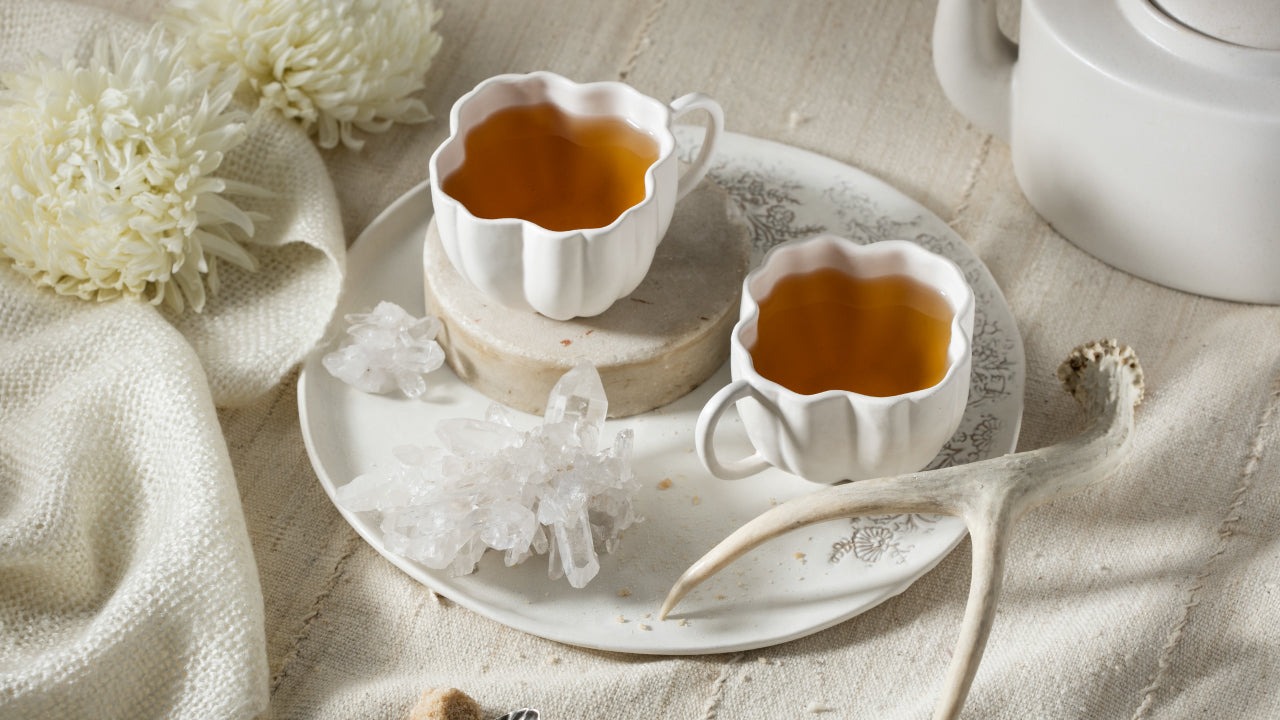The first time I tasted white tea, I was surprised by its subtlety. After years of drinking robust black teas and grassy green teas, I expected something more assertive. Instead, I found myself sipping a liquid that seemed to whisper rather than shout—delicate, naturally sweet, and refreshingly different. That moment sparked a journey into discovering why white tea has captivated enthusiasts for over a thousand years and why it’s experiencing a remarkable renaissance among health-conscious consumers today.
If you’re curious about white tea but don’t know where to start, this guide will uncover what makes it unique, explore its impressive health benefits, and provide practical brewing tips for the perfect cup.
What Makes White Tea So Special?
White tea represents tea in its most natural form. Originating from China’s Fujian province over 1,000 years ago, white tea undergoes minimal processing—simply withered and dried—making it the least manipulated of all tea types. While black tea is fully oxidized and green tea is heated to prevent oxidation, white tea allows nature to do most of the work.
The name “white tea” comes from the fine, silvery-white hairs covering young tea buds. These buds are hand-plucked during a brief early spring harvest window when they contain the highest concentration of nutrients and most subtle flavors. This gentle processing preserves the tea’s delicate character and maximizes beneficial compounds, making it the purest expression of the tea plant.
The Health Benefits That Make White Tea Worth Trying
White tea’s minimal processing preserves an impressive array of health-promoting compounds. According to Healthline’s comprehensive review of white tea benefits, white tea contains the highest levels of antioxidants among all tea varieties, including potent catechins like EGCG that help neutralize harmful free radicals.
These antioxidants work to slow aging processes, support heart health, and boost immune function. Research shows white tea’s anti-inflammatory properties may help reduce chronic disease risk. The tea offers gentle caffeine (15-30mg per cup versus coffee’s 95-200mg), providing alertness without jitters through its combination with the calming amino acid L-theanine.
Studies documented in recent research on white tea’s bioactive compounds highlight its antimicrobial properties and potential metabolic benefits, suggesting white tea may support the body’s natural defense systems and healthy weight management.
Popular White Tea Varieties for New Drinkers
Silver Needle (Bai Hao Yin Zhen) represents the pinnacle of white tea, made exclusively from unopened buds. It produces an almost colorless liquor with honey, melon, and subtle floral notes—a meditation in subtlety that offers the purest white tea experience.
White Peony (Bai Mu Dan) includes both buds and young leaves, creating more robust flavor while maintaining gentle character. This variety offers better value for beginners and provides more noticeable flavor, making it easier to appreciate for those transitioning from other teas.
Aged white teas develop deeper complexity over time while retaining fundamental gentleness, offering earthy notes that add depth to natural sweetness.
How to Brew White Tea: A Beginner’s Guide
Proper brewing is crucial because white tea’s delicate nature is easily overwhelmed. Use water heated to 175-185°F (79-85°C)—much cooler than for black tea. If you don’t have a thermometer, boil water and let it cool for 5-7 minutes.
Steep for 4-6 minutes, allowing leaves to fully unfurl and release subtle flavors. Unlike green tea, white tea remains gentle even with extended steeping. Use about 2 teaspoons per 8 ounces of water—the fluffy leaves need space to expand properly.
Glass teaware allows you to appreciate the pale color and watch leaves dance in water, adding a meditative element to brewing.
Where to Experience Authentic White Tea
For those in Toronto seeking authentic introduction to white tea, ICHA TEA offers a unique experience. This traditional tea house combines Chinese tea culture artistry with modern accessibility, serving carefully curated white tea selections alongside artisanal bubble tea in their welcoming space. Knowledgeable staff guide newcomers through tastings, helping identify preferences while explaining cultural significance.
When shopping online or locally, seek vendors providing detailed origin information, harvest dates, and processing methods. Quality sellers often offer sample sizes for trying different varieties before larger purchases.
Making White Tea Part of Your Daily Routine
White tea’s low caffeine and gentle nature make it perfect for afternoon enjoyment without evening interference. It pairs beautifully with light foods—delicate pastries, fresh fruit, or simple cookies—complementing rather than competing with gentle flavors.
Store in airtight containers away from light, heat, and strong odors. Quality white tea maintains characteristics for years when properly stored, actually developing more complex flavors over time.
Frequently Asked Questions About White Tea
Is white tea really white in color? No, white tea brews to pale yellow or light amber. The name comes from silvery-white hairs on tea buds, not the brewed color.
How much caffeine does white tea contain? White tea contains 15-30mg per cup, less than green tea’s 25-50mg, making it perfect for evening enjoyment or caffeine-sensitive individuals.
Can I add milk or sweetener to white tea? While possible, most enthusiasts recommend enjoying white tea plain to appreciate its naturally sweet, delicate flavor that additions can easily overwhelm.
How long does white tea stay fresh? Properly stored white tea maintains quality for 2-3 years, with some aged varieties actually improving over time while retaining gentle character.
White tea offers a gateway into mindful tea drinking, where subtlety replaces bold flavors. Developing appreciation for its gentle complexity takes time, much like the patient process used to create this remarkable tea. Take time to experiment and enjoy discovering what many consider tea in its most pure form.



